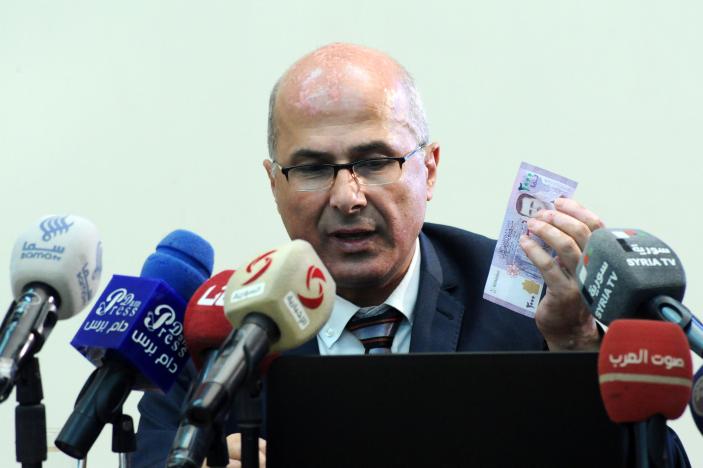Damascus – The Syrian Central Bank put into circulation a new 2,000 pound banknote with a picture of regime leader Bashar Assad depicted on it. The other side of the banknote has the image of the parliament in Damascus.
Central bank Governor Duraid Dargham explained that the new banknote was put into circulation in the capital and several provinces. He added that the new note was introduced after the wear and tear of the old one.
“A few years ago, the Central Bank printed new 50, 100, 200, 500, 1,000 and 2,000 banknotes, but due to the war and the price fluctuations, it preferred not to put the 2,000 note into circulation until the circumstances are right,” he added.
Previously, the highest denomination of Syrian banknote was 1,000 pounds. Assad’s father, the late Hafez Assad who died in 2000, appeared on coins and on an older version of the 1,000 pound note, which is still in circulation.
In 2015, Hafez Assad’s image was removed from the 1,000 note that was originally released in 1997. It was replaced by a newly-designed one, but it was poorly received by pro-regime figures so the old one was re-released.
The circulation of the 2,000 note with Bashar Assad’s image coincided with a regime media campaign that claimed its “victory” after regaining control of 25 percent of Syria, whose size is 185,000 square kilometers. Launched a month ago, the campaign called for preparing for the phase of reconstruction in the country.
The Syrian people have complained that banknotes, especially the smaller 50, 100 and 200 ones, have become very worn and store owners and public transport drivers have refused to accept them.
The new note is equal to around $4 at current exchange rates. The currency has plunged in value since the conflict began in 2011, from 47 pounds to the dollar in 2010 to around 500 pounds to the dollar at present.
